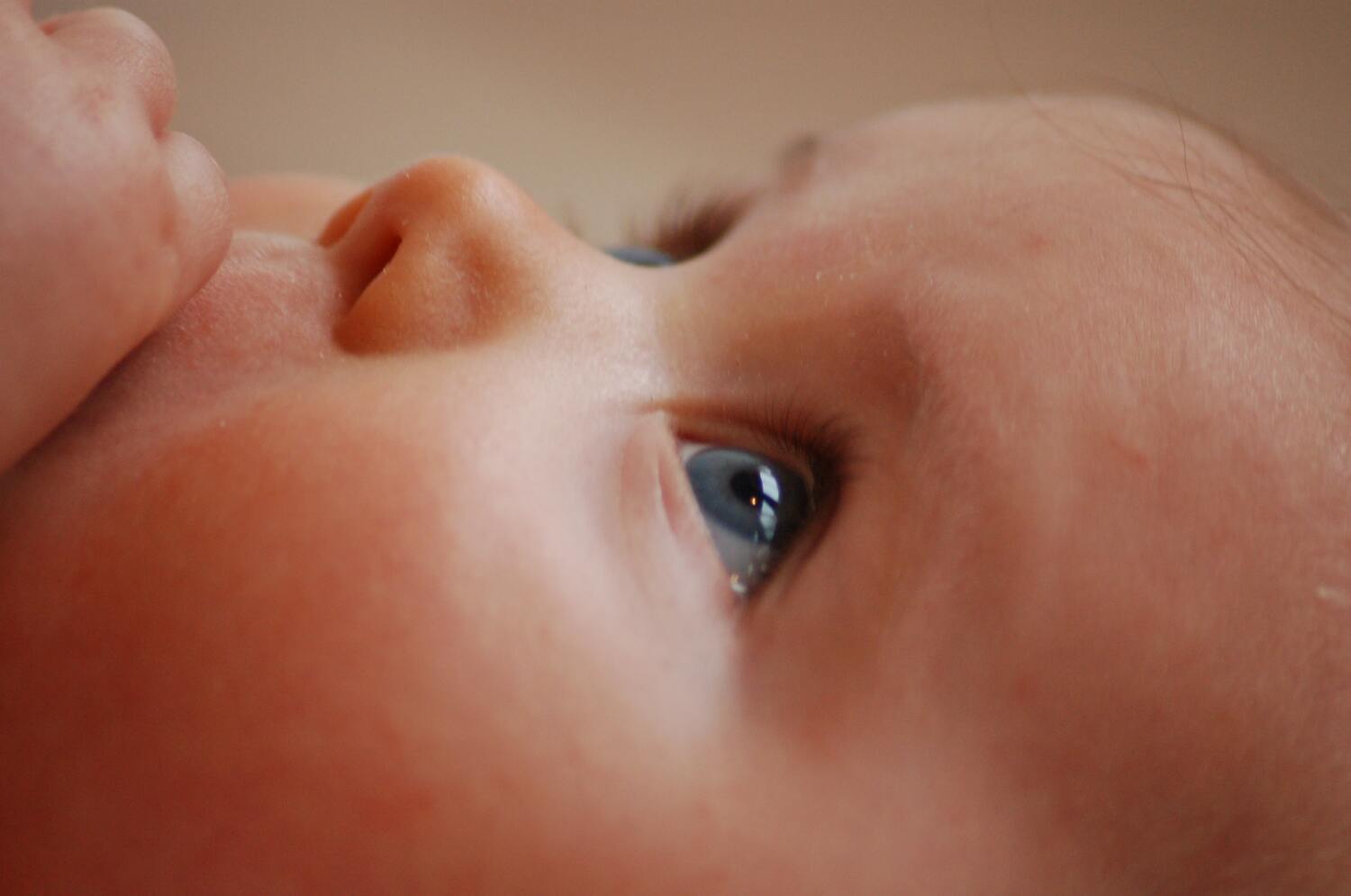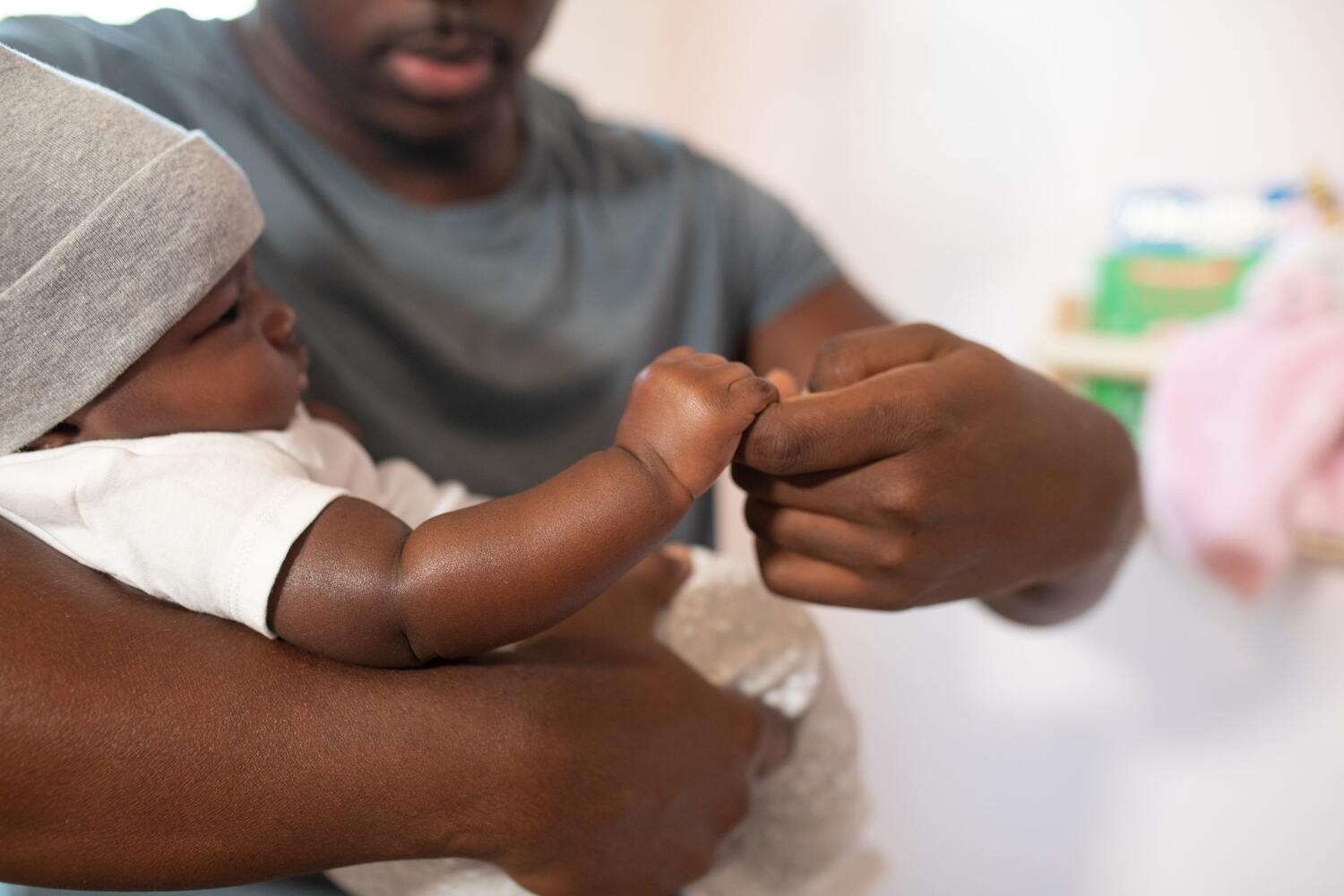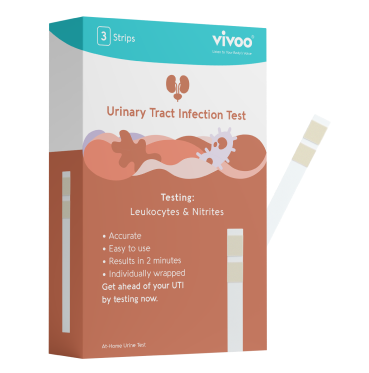As a new parent, it's natural to have concerns about your baby's health and well-being. One important aspect of a baby's health is the level of oxygen in their blood. While your pediatrician will check your baby's oxygen levels during regular check-ups, there may be times when you want to check your baby's oxygen levels at home.
Checking your baby's oxygen levels can give you peace of mind and help you quickly identify any potential issues.
In this blog, we will explore how to check your baby's oxygen levels at home, including the tools and equipment you will need and step-by-step instructions for using them. We will also discuss what to do if you notice any concerning changes in your baby's oxygen levels.
How to do a home oxygen level check on a baby
A pulse oximeter can be used at home to check the oxygen level. A small gadget called a pulse oximeter attaches to your baby's finger. It rapidly and conveniently checks the oxygen levels in your baby.
Without drawing blood, it employs laser beams in a sensor to make an estimation of the amount of oxygen in your baby's blood. This aids in monitoring how effectively your baby's lungs are developing. A pulse oximeter measures the baby's heart rate and oxygen saturation level.

Pulse
This determines how quickly your child's heart is beating. The beats per minute of your baby's heart rate (bpm). This figure may appear as bpm or PRbpm (pulse rate/beats per minute) on your baby's pulse oximeter.
Oxygen saturation level
This detects the amount of oxygen in your infant's blood. The proportion of your baby's oxygen saturation is calculated (scored out of 100). Your baby's pulse oximeter may display this value as SpO2% (saturation percentage of oxygen).
How do I use a pulse oximeter?
Pulse oximetry may be advantageous in both hospital and community settings. In some instances, the doctor could advise getting a pulse oximeter for use at home.
- Please wash your kids' hands.
- The laser beams in the sensor measure via your child's fingernail, so check to make sure they don't have nail polish or glitter on.
- Prior to taking the reading, make sure your child has slept for at least five minutes.
- Rub your child's hands together to warm them if they are cold.
- While taking the reading, allow your child to rest their arm and hand and keep them still.
- Try placing their hand on a table or the arm of a chair to keep it at waist level.
Signs of a baby's low oxygen level
Low oxygen levels in a baby, also known as hypoxia, can be caused by a variety of factors such as respiratory infections, congenital heart defects, or even prematurity. It's important to be aware of the signs of low oxygen levels in a baby so that you can take appropriate action if necessary. Some common signs of low oxygen levels in a baby include:
Cyanosis
The most widespread symptom of low oxygen levels is cyanosis, which is characterized by a bluish hue to the skin. This happens as a result of the blood vessels' attempts to boost oxygenation when the blood oxygen levels are low. The skin may take on a blueish color as a result.
Apnea
Apnea is another widespread symptom of low oxygen levels in a baby. A respiratory stoppage of at least 20 seconds is referred to clinically as apnea. It can be brought on by a number of reasons, but in babies, respiratory distress is frequently caused.
Lethargy
Another familiar symptom of low oxygen levels in babies is lethargy. Lethargy is classified as a feeling of exhaustion and low energy. While there are many potential causes, oxygen deprivation is a common one.
Very shallow or deep breathing
Observe if the chest's left and right sides go in and out uniformly.
Risk factors of low oxygen level in a baby
Low oxygen levels can be serious because they cause the body's cells to produce less energy. Cells with low energy may function poorly or even perish. Many of the baby's growing organs, including the brain and heart, could suffer damage, and the baby might not develop properly.
If a baby's oxygen level is too low, it can lead to a condition called hypoxia. Hypoxia, a state in which the body's tissues and organs aren't receiving enough oxygen, can lead to a number of complications, such as organ damage, brain damage, and even death.
Birth asphyxia, hypoxia, and hypoxic-ischemic encephalopathy (HIE) are all terms for oxygen deficiency in a newborn. Low oxygen levels have the potential to cause severe birth defects. Fortunately, delivery injuries can frequently be avoided if medical professionals follow best practices by keeping an eye out for the early warning signs of hypoxia.

Causes of low oxygen level in a baby
Premature birth
Premature birth is one of the most frequent causes of low oxygen levels in infants. Respiratory distress syndrome (RDS) is a disorder in which the lungs are not fully grown and do not function properly, is more likely to affect newborns who are delivered before 37 weeks gestation.
Infection
Another possible reason for low oxygen levels at birth is infection. A mother's sickness may spread to the unborn child and result in low oxygen levels and respiratory distress.
Congenital heart defects
Low oxygen levels at birth could also result from congenital cardiac defects. Problems with the umbilical cord are yet another potential contributor to low oxygen levels at birth. These defects may interfere with how blood flows through the heart, which may deprive the body of oxygen.
Umbilical cord problems
Problems with the umbilical cord can also result in low oxygen levels at birth. Low oxygen levels can result from a cutoff in the baby's oxygen supply if the umbilical cord wraps itself around the baby's neck. Likewise, if the umbilical chord is excessively long or too short, it may interfere with the baby's ability to get enough oxygen.
When to see a doctor?
Children with lung issues can become ill more quickly than healthy kids. Look out for any breathing problems in your youngster. These changes might indicate an infection or a lack of oxygen, respectively. Do the following if you see any of the indicators listed below:
- Make a quick check to ensure that your child is receiving the appropriate amount of oxygen and that their equipment is functioning properly.
- Then increase the oxygen and make an immediate call to the doctor for your baby. Raising the oxygen level before contacting your child will not endanger them.
How to prevent low oxygen levels in babies
- Avoid places with lots of people, such as churches, supermarkets, and shopping centers. As much as possible, protect your child from illness exposure.
- Give the baby a healthy diet
- When your child is asleep, ask guests not to touch or wake him or her.
- When they or members of their family are ill, request that visitors stay away.
- No one should smoke around your youngster, either in the house or in the car.
- Inhaling smoke can result in coughing, respiratory problems, ear infections, and even pneumonia.
- Maintaining current vaccination records and scheduling routine well-child examinations with your doctor will assist in safeguarding your child.
- If your child is at least 6 months old, it's essential that they get an annual flu shot.
Likewise, family members and caregivers ought to get the flu shot. Both adults and babies depend on oxygen to the point where the body will suffer if there is not enough of it available. Babies, in particular, must receive adequate monitoring because they are delicate vessels that cannot talk when they are uncomfortable.














